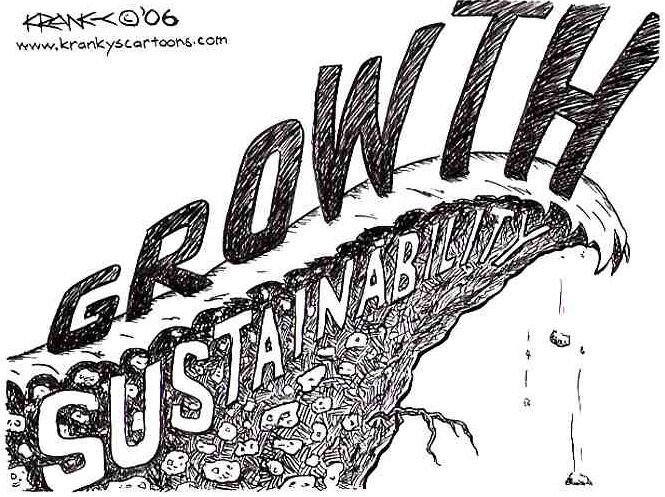Howard Gold writes: After much anticipation, the Nasdaq Composite Index has closed above the 5,000 mark for the first time since March 2000, and it’s very near its Internet bubble all-time closing high of 5048.62..
This NASNAQ has many fewer companies than traded in 2000, their average market capitalization is almost twice as high, and their median age is 25 years, vs. 15 at the bubble peak.
Some stalwarts from 2000 are shadows of their former selves. Microsoft, Intel, and Cisco for instance.
But the old guard has been more than replaced by a new wave of technology and biotechnology powers. Apple Amazon Priceline nd Starbucks added more than $1 trillion of market capitalization since 2000, with Apple alone contributing an astonishing three-quarters of that gain.
Companies that weren’t even public when the dot.com bubble burst — Google , Facebook, Netflix and Tesla Motors have created $635 billion in value for Nasdaq investors.
And biotechnology stalwarts Amgen, Biogen Idec Celgene and Gilead Sciences have tacked on $315 billion in stock market value since March 2000. Altogether, that’s $2 trillion in additional market value created by only 12 companies. Biotech, in fact, has been an even bigger winner than technology itself.
Finally — after much anticipation, the Nasdaq Composite Index has closed above the 5,000 mark for the first time since March 2000, and it’s very near its Internet bubble all-time closing high of 5048.62.
Of course, that’s still way short of its inflation-adjusted peak, which would require an additional gain of more than 2,000 points, as Lance Roberts of STA Wealth Management wrote recently. But it is innovation that is driving the market, and this is good news. Particularly for women entrepreneurs.











